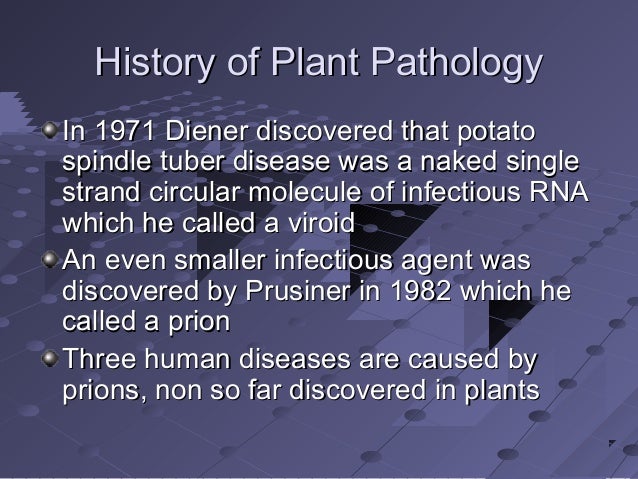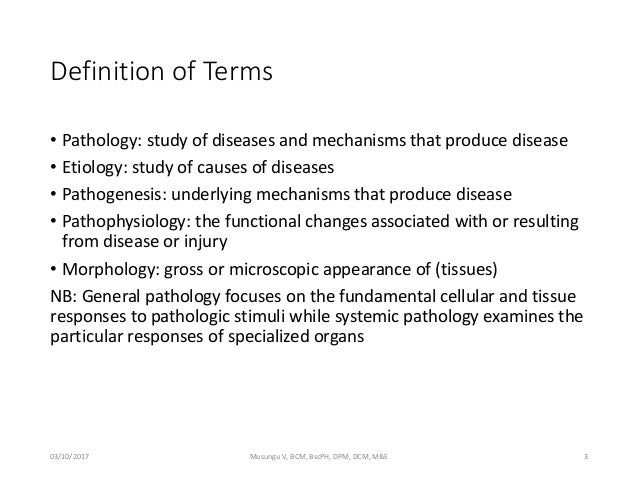


However, these terms only include the partial characteristics of GLP and are often indiscriminately used to lead to confusion in the literature ( 6). GLP is used interchangeably with “Borrmann IV type carcinoma” and “scirrhous carcinoma” ( 12). As such, curative resection is possible in less than half of patients, and early recurrence is common, leading to a poor prognosis, median survival ranging from 6 to 12 months, and 5-year survival between 8% and 13% ( 9– 13).ĭespite these specific features, GLP still lacks a clear and standardized definition.

GLP has a special predominance of distant lymph node metastasis, peritoneal metastasis, and ascites ( 6– 8). It is characterized macroscopically as a thickened stomach, with prominent diffusion of the tumor into the submucosal and muscular layers and microscopically by the association with signet ring cell features and diffuse and scirrhous histologic types ( 4, 5). Gastric linitis plastica (GLP) is a special phenotype of GC found in 7%–14% of cases and represents a particular entity ( 3). Gastric cancer (GC) is the fifth malignancy worldwide and the second most commonly diagnosed cancer in China ( 1, 2). Furthermore, we proposed an observed tumor size more than 8 cm as a quantitative diagnostic criterion for GLP on the premise of satisfying the originally descriptive and pathological definition regardless of Borrmann type. Therefore, we considered patients’ observed tumor size more than 8 cm as a critical value for distinguishing the prognosis of Borrmann III and IV GC. Moreover, patients with tumor sizes greater than 8 cm more presented with advanced stage and had extremely poor 3-year OS and DFS (31.4% 29.3%), with a stronger propensity toward peritoneal metastasis. However, there was no significantly different prognosis of patients with tumor sizes between more than 8 cm and more than 10 cm (p = 0.248 p = 0.534). The Kaplan–Meier curves showed that patients with an observed tumor size more than 8 cm had obviously lower overall survival (OS) and disease-free survival (DFS) rates than those with a size less than 8 cm(p < 0.001 p < 0.001). We performed a retrospective cohort study of 2,907 patients with Borrmann III and IV gastric cancer (GC) who underwent gastrectomy between 20 in our center. This study aimed to propose a quantitative diagnostic criterion for distinguishing GLP. However, these criteria needed doctors to subjectively judge tumor infiltration area, which made diagnosis difficult to be objective and reproducible. Several relatively quantitative criteria had been proposed, such as tumor involving a limit of one-third or two-thirds of the gastric surface. Gastric linitis plastica (GLP) is a descriptive term but lacks a quantitative definition. 4Department of Pathology, Fudan University Shanghai Cancer Center, Shanghai, China.3Department of Radiology, Fudan University Shanghai Cancer Center, Shanghai, China.2Department of Oncology, Shanghai Medical College, Fudan University, Shanghai, China.1Department of Gastric Surgery, Fudan University Shanghai Cancer Center, Shanghai, China.Yang Han 1,2†, Yi Xuan 1,2†, Xiaowen Liu 1,2, Hui Zhu 2,3, Meng Zhang 2,4, Dazhi Xu 1,2, Yanong Wang 1,2 and Hong Cai 1,2*


 0 kommentar(er)
0 kommentar(er)
